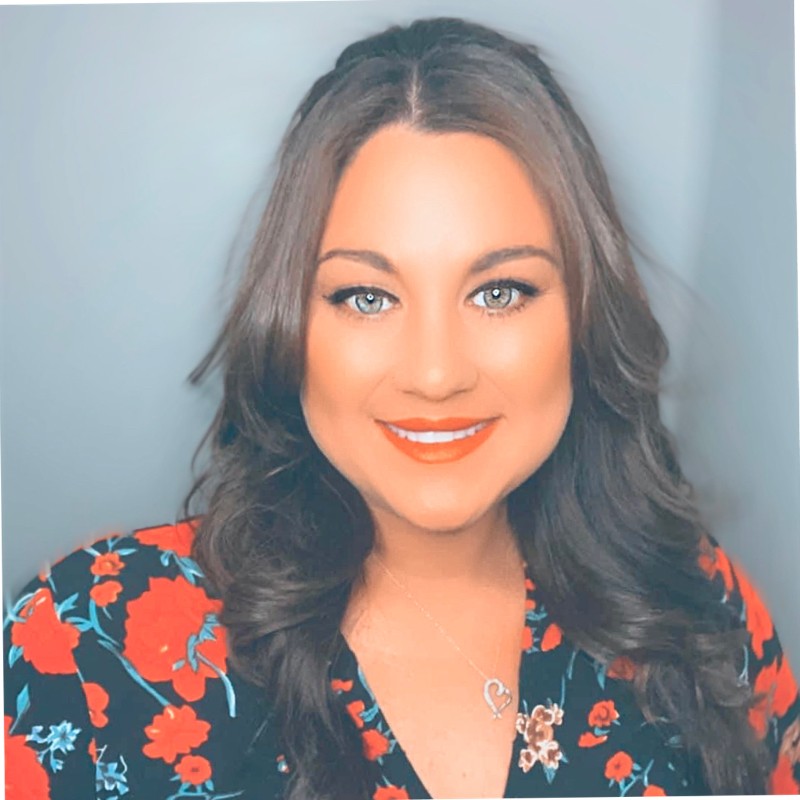Hi my lovely learners how to draw a butterfly is itself a very easy job. Are you searching for a tutorial for drawing butterflies, then here you go. As you follow the tutorial, you will be drawing it in just no time. Each and every point required has been explained at length for your convenience. Don’t get discouraged, you’ll do your drawing wonderfully.
Each butterfly is of a unique shape, size, and wings. There are few species which are smaller like nails whereas some are larger like our palms. Their lifespan is extremely shorter ranges from week to year. Caterpillars consume only one kind of plant but butterflies suck plant nectar. They are also referred to as flying flowers due to their stunning color and attractive wings.
I know all of you desired to sketch the beauty of this lovely butterfly on paper. Hold your paper, pencil and trace these easy steps. If you had done our wings drawing it will be quite easy for you to depict it again.
Following are some facts about butterfly:
- Butterfly undergoes four life stages: egg, larva, pupa, and adult.
- The bright, large wings of butterflies assist them in flying. Their flight is highly conspicuous and beautiful.
- The pseudo quality of butterflies is sufficient to deceive their predators.
- They are able to migrate for long distances.
-
Butterflies employ flowers’ nectar as their food.
How to draw butterfly step by step for beginners:

How to draw a Cartoon Butterfly for kids:
Step 1: Draw a little round for the head.
Step 2: Below the head draw an angular oval for the thorax.
Step 3: On the side of the thorax draw a large round alongside semi-circle.
Step 4: Repeat step 3 on the other side as well.
Step 5: Draw eyes, a curvy mouth, and an antenna.
Step 6: Draw another circle inside large circles and add random dots on the wings to adorn it.
How to draw a realistic Butterfly:
Step 1: Draw a small circle, and 2 diagonal parallel lines, one going from the circle. Draw an interesting line in between these 2 lines.
Step 2: Following the outline draw 2 arcs on both sides of the head. Below it draw 2 angular ovals of varying sizes.
Step 3: Extend the wings curve towards the thorax with the curvy line.
Step 4: Below the wing draw one more curve for the second wing. Draw thorax chambers as in the picture.
Step 5: Draw the wings realistic with wavy lines.
Step 6: Begin drawing patches of the wings using random angular shapes.
Step 7: Draw the patches in lower wings too and add random small shapes everywhere on the wings.
Step 8: Sketch out all the edges and incorporate random long leaves from every direction of the paper.
Step 9: Hatching should be used to contour your thorax, abdomen, and wings.
How to draw a simple butterfly:
All butterflies possess a head, thorax, abdomen, antenna, eyes, and wings for common. Variation in the shape of wings and total size of other features. After you see the variations in each butterfly it will be the task of minutes for you. Their both sides wings are alike but different butterfly to butterfly. Under is one more tutorial to understand the variation in wings.
Step 1:
Step 2:
Step 3:
Step 4:
Step 5:
Step 6:
Step 7:
Step 8:
Step 9:

Skilled teacher, knowledgeable in and in adapting state content standards to individual needs in
Elementary-6th grade classrooms. Utilizes instructional materials, technology, and teaching methods to
engage students in effective learning opportunities in individual, small group, and whole-group settings to
maximize instructional time. Differentiates instruction for ELLs while exposing them to rigorous content,
with a focus on literacy skills in all subject areas. Establishes and maintains appropriate standards of
behavior in an inclusive and respectful environment for students from all socio-economic and cultural
backgrounds. Develops lesson plans using Backwards Planning Method to align content standards and
assessments with effective learning activities. Communicates and collaborates effectively with staff and
parents, and creates a safe and positive learning environment for students. Has taught in both in-person
and virtual environments. Professional Communicator with 20+ years of experience.







































